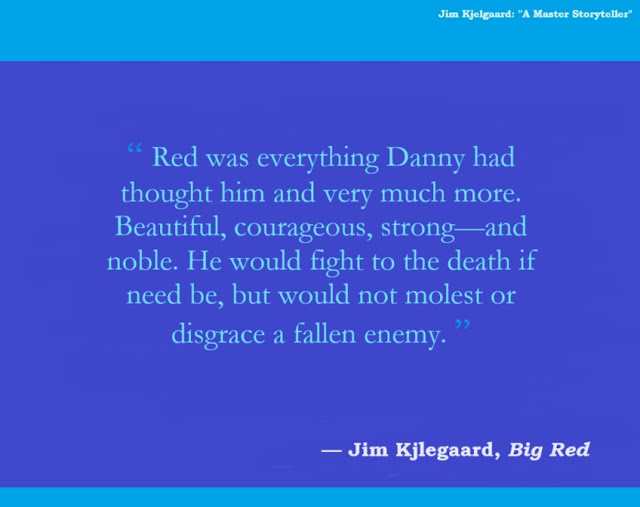A Jim Kjelgaard Bibliography — The Books

A Jim Kjelgaard Bibliography: The Books Forest Patrol (Holiday House, 1941 / illustrated by Tony Palazzo) Rebel Siege (Holiday House, 1943 / illustrated by Charles Banks Wilson) Big Red (Holiday House, 1945 / illustrated by Bob Kuhn) Buckskin Brigade (Holiday House, 1947 / illustrated by Ralph Ray, Jr.) Snow Dog (Holiday House, 1948 / illustrated by Jacob Landau) Kalak of the Ice (Holiday House, 1949 / illustrated by Bob Kuhn) A Nose for Trouble (Holiday House, 1949) Wild Trek (Holiday House, 1950) Chip, the Dam Builder (Holiday House, 1950 / illustrated by Ralph Ray, Jr.) Irish Red (Holiday House, 1951) Fire-Hunter (Holiday House, 1951 / illustrated by Ralph Ray, Jr.) The Explorations of Père Marquette (Random House, 1951) Trailing Trouble (Holiday House, 1951) The Spell of the White Sturgeon (Dodd, Mead, 1953) Outlaw Red (Holiday House, 1953) The Coming of the Mormons (Random House, 1953) Cracker Barrel Trouble Shooter (Dodd, Mead, 1954) Haunt Fox ...










